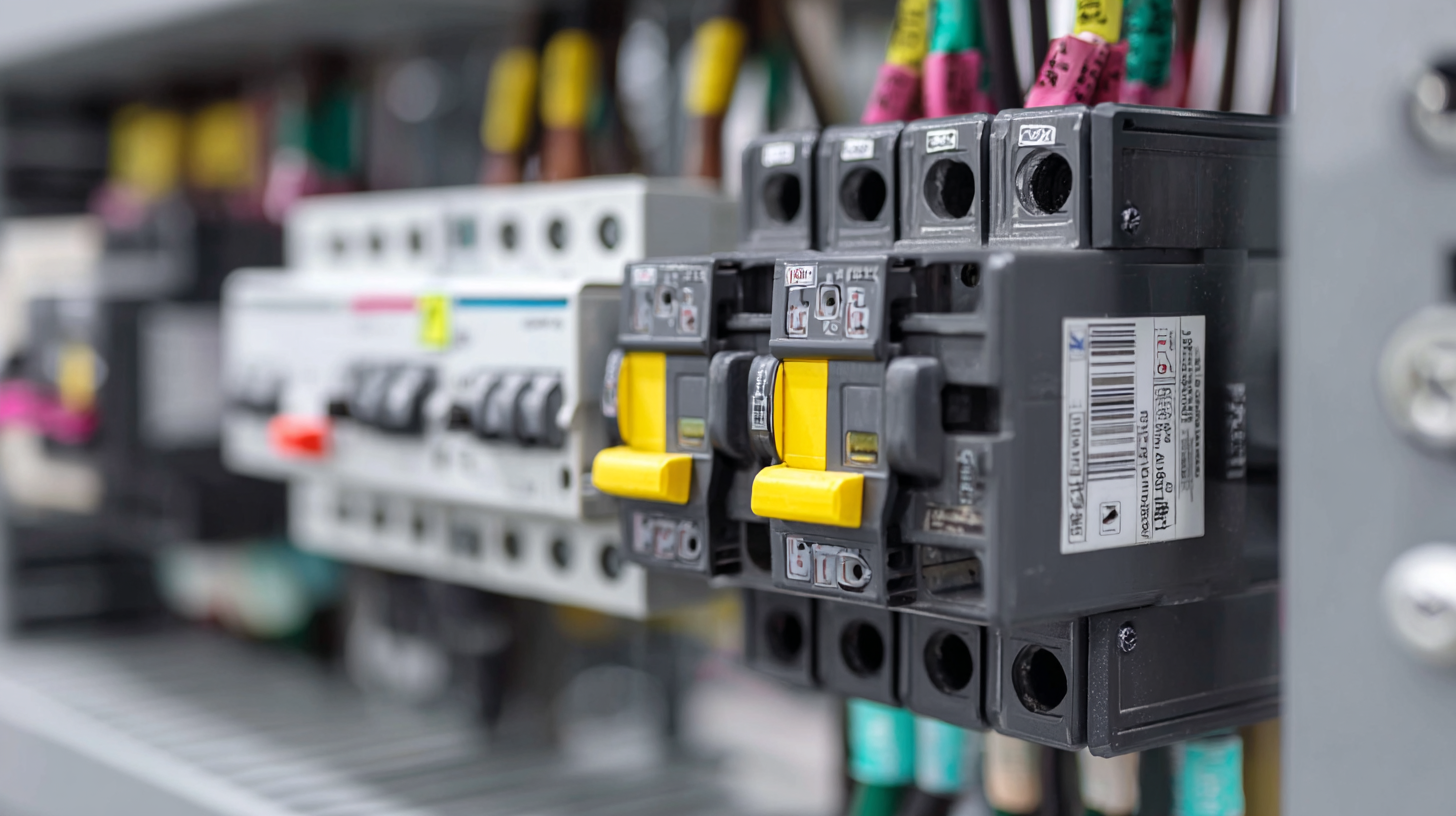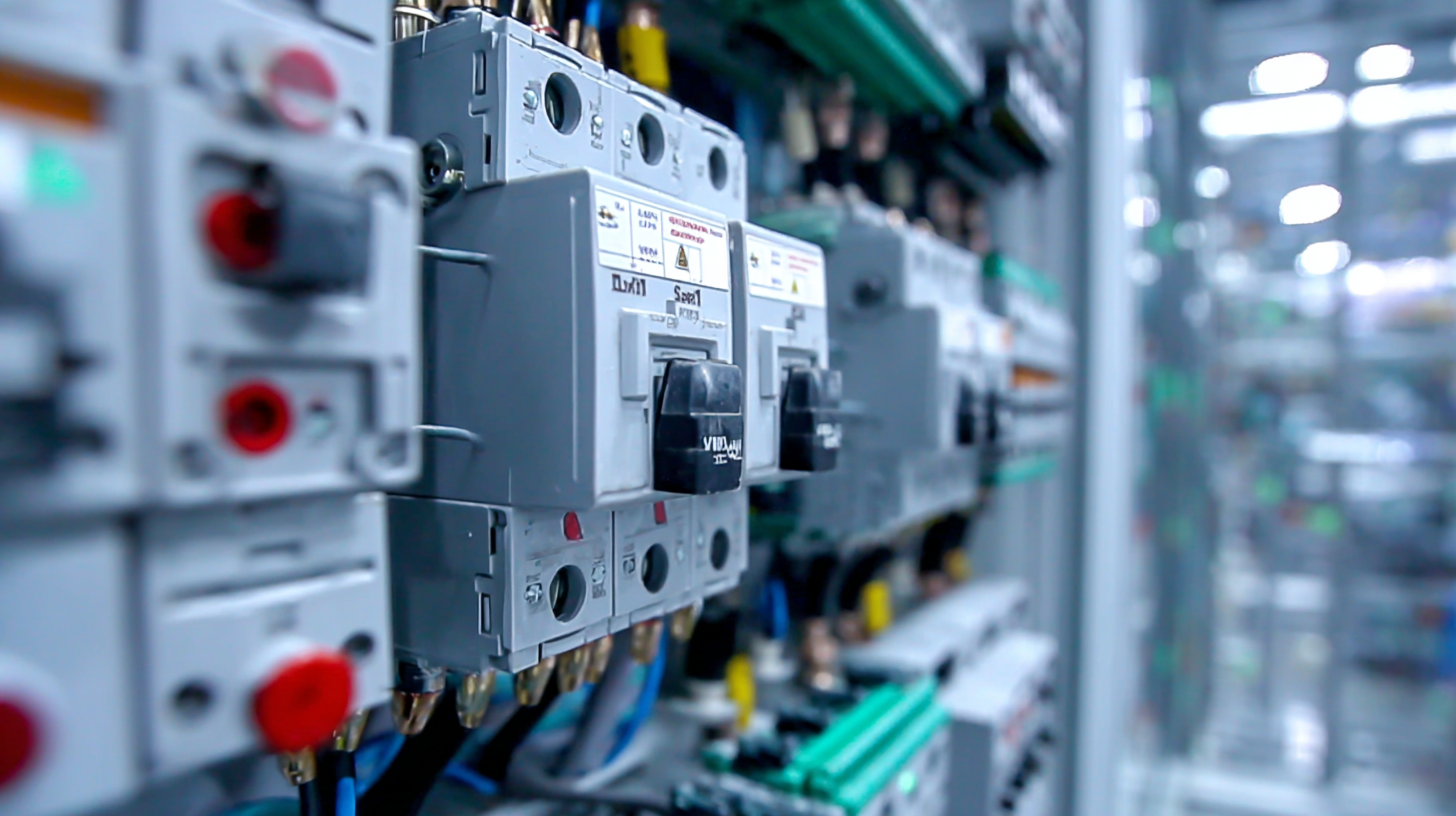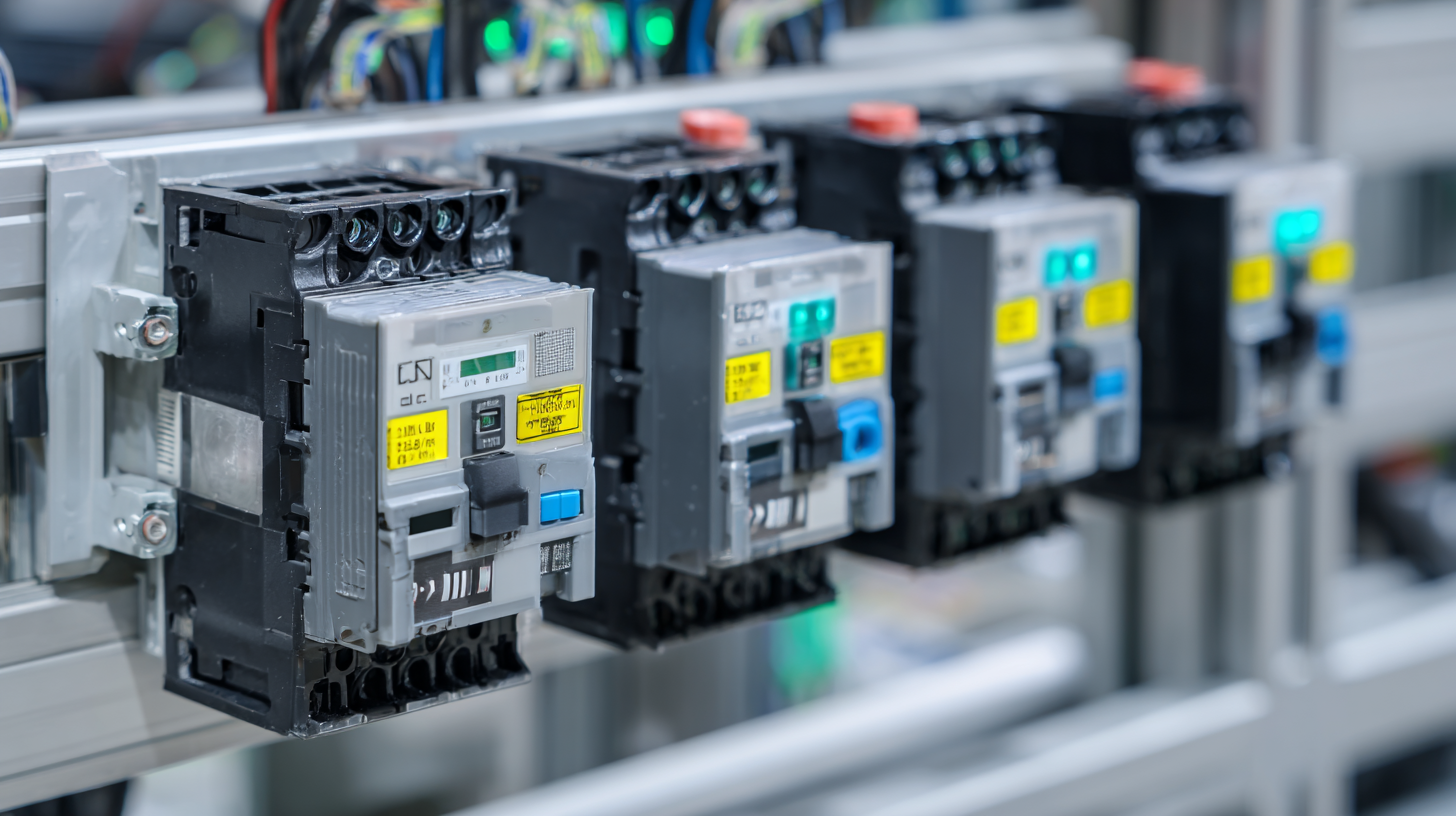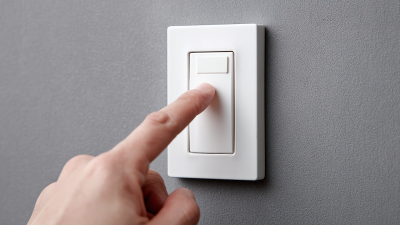In today's increasingly electrified world, ensuring the safety and efficiency of electrical systems is paramount. Among the key components that contribute to this objective, the Isolator Switch plays a critical role. According to the National Fire Protection Association (NFPA), electrical failures account for over 14% of structure fires annually, underscoring the pressing need for effective isolation solutions to mitigate risks. An industry report by Grand View Research indicates that the global market for electrical safety equipment is projected to reach USD 70 billion by 2025, highlighting the expanding recognition of the importance of safety measures, including the use of Isolator Switches. These devices not only enhance safety by providing a reliable means of disconnecting power during maintenance or emergencies but also improve operational efficiency by minimizing downtime and wear on electrical components. As the demand for safe and efficient electrical systems grows, the significance of Isolator Switch innovations in both residential and industrial applications cannot be overstated.

Isolator switches are essential components in electrical systems, playing a critical role in ensuring safety and efficiency. These devices serve as vital disconnect points, enabling maintenance and repair work without having to shut down the entire system. By isolating electrical circuits, isolator switches prevent accidental energization, safeguarding both personnel and equipment. Their importance is even more pronounced in applications like electric vehicle (EV) charging stations and renewable energy infrastructures, where they help manage the fluctuating loads and protect sensitive components within the systems.
In the context of EV charging and renewable energy, the adoption of isolator switches ensures seamless operations. For instance, during peak usage times or for maintenance, these switches provide a quick and reliable means to cut off power, enhancing the overall system's safety and reliability.
**Tips:** When integrating isolator switches into your electrical setup, consider their ratings to match the specific needs of your system. Regular inspections and maintenance of these switches can also prolong their lifespan and ensure optimal performance, particularly in environments that experience frequent power fluctuations. Additionally, educate all staff on the proper usage of isolator switches to further enhance safety during maintenance operations.
This bar chart represents the importance level of various key functions of isolator switches in electrical systems. Each function is rated on a scale of 1 to 10, showcasing their contribution to safety, efficiency, and usability in electrical operations.
Isolator switches play a crucial role in enhancing safety protocols in electrical systems. According to a report by the International Electrotechnical Commission (IEC), improper handling and maintenance of electrical installations account for approximately 31% of electrical accidents, highlighting the need for effective safety measures. Isolator switches provide a reliable method to ensure that electrical circuits can be safely de-energized for maintenance and inspection. These switches not only protect technicians from live wires but also prevent equipment damage due to accidental power surges during service.

The adoption of isolator switches is paramount in industrial settings where high-voltage systems are common. A study by the Electrical Safety Foundation International (ESFI) indicates that workplaces with defined disconnecting procedures, including the use of isolator switches, can reduce electrocution incidents by up to 70%. By implementing these switches, organizations not only comply with safety standards but also enhance operational efficiency. The integration of isolator switches into safety protocols ensures a systematic approach to electrical maintenance, ultimately fostering a culture of safety and reliability in all electrical operations.
Isolator switches play a crucial role in enhancing energy efficiency within electrical circuits. These devices allow users to completely disconnect power from specific parts of an electrical system, which not only ensures safety during maintenance but also reduces energy waste. By isolating sections of a circuit, unnecessary energy consumption can be curtailed, leading to more efficient operation and lower energy bills. Furthermore, isolator switches prevent electrical overloads and equipment damage, ensuring that electrical systems run smoothly and effectively.
Tips: Regularly inspect your isolator switches to ensure they are functioning correctly. If you notice any signs of wear, such as discoloration or difficulty in operation, consider replacing them immediately to maintain safety and efficiency. Additionally, always make sure that the switches are easily accessible to allow quick disconnection during emergencies.
Employing isolator switches correctly can lead to significant improvements in overall energy efficiency. By being mindful of how and when to use these switches, businesses and homeowners can optimize their energy consumption, translating to both financial savings and reduced environmental impact.
| Aspect | Description | Impact on Efficiency |
|---|---|---|
| Electrical Isolation | Prevent accidental contact with live wires. | Enhances safety; reduces downtime due to accidents. |
| Load Management | Enables disconnection of non-essential circuits during low-demand periods. | Improves overall energy efficiency by reducing consumption. |
| Maintenance Safety | Allows safe maintenance of electrical systems without energy flow. | Reduces risk of faults during maintenance, leading to increased operational efficiency. |
| Energy Monitoring | Facilitates assessment of energy usage across different circuits. | Identifies areas for potential energy savings and efficiency upgrades. |
| Compliance and Standards | Helps ensure adherence to industry safety regulations. | Maintains operational continuity and avoids fines associated with non-compliance. |
Isolator switches play a fundamental role across various industries by ensuring electrical safety and enhancing operational efficiency. These devices, often referred to as disconnect switches, find critical applications in sectors including manufacturing, renewable energy, and electric vehicle (EV) charging infrastructure. As the global market for fused disconnect switches is anticipated to grow significantly—from $6.37 billion in 2025 to $10.06 billion by 2032—these switches are increasingly being integrated to meet the rising demand for safer and more efficient energy management systems.
Particularly in the burgeoning EV sector, the installation of Level 2 charging stations necessitates reliable isolator switches to protect against electrical hazards while improving maintenance workflows. Additionally, the expansion of renewable energy initiatives further amplifies the need for isolator switches, which help efficiently manage the power generated from solar and wind sources. The high reliance on these switches underscores their essential function in promoting safety standards and operational integrity across diverse industrial landscapes.
 Isolator switches play a crucial role in ensuring electrical safety and operational efficiency. To fully leverage their benefits, it’s vital to implement best practices during installation and maintenance. One key aspect is to ensure that isolator switches are correctly rated for the application. This involves selecting switches that comply with the specific voltage and current requirements, reducing the risk of overheating and equipment failure.
Isolator switches play a crucial role in ensuring electrical safety and operational efficiency. To fully leverage their benefits, it’s vital to implement best practices during installation and maintenance. One key aspect is to ensure that isolator switches are correctly rated for the application. This involves selecting switches that comply with the specific voltage and current requirements, reducing the risk of overheating and equipment failure.
Tips: Always refer to the manufacturer's specifications when choosing isolator switches. Proper labeling of each isolator switch is also essential, as it aids in quick identification during maintenance and emergencies.
Regular inspections and maintenance are equally important in prolonging the life of isolator switches. Schedule routine checks to identify signs of wear, corrosion, or any mechanical issues that may arise.
Tips: Document maintenance activities and create a checklist to streamline this process. Consider training staff on the importance of these practices to enhance overall electrical safety in your facility.






